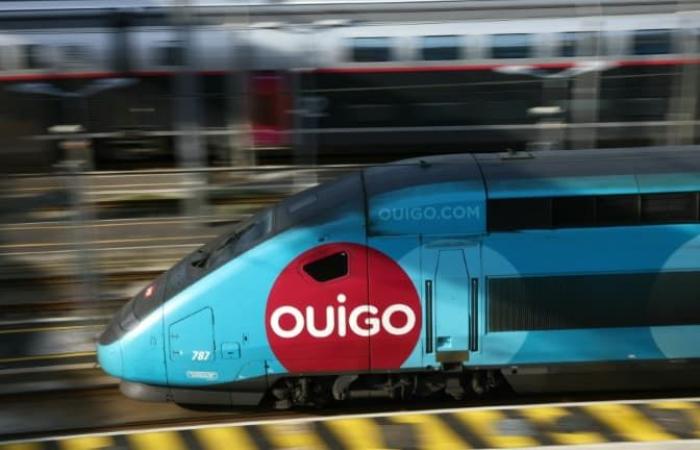In 2023, the railway company announced an average increase in its TGV fares of 5%. The transport regulator does not have the same figures that the SNCF disputes.
The rise in prices at SNCF is no secret. Every year, the operator’s prices increase and cause equally increasing irritation among its customers, especially since in 2023, the increase was particularly significant. Faced with soaring inflation, the SNCF announced an average increase of 5% in the prices of its TGVs.
“Between the explosion in energy prices (+180%) and inflation in other areas, our costs will increase by 13%,” explained Christophe Fanichet, head of SNCF Voyageurs. He added that if SNCF Voyageurs passed on the full increase in these costs to its prices, the price increase would have been close to 13%.
Problem, according to calculations by ART, the Transport Regulatory Authority, the average increase was higher than the 5% announced. “The ‘average price’ of high-speed trains increased by 7% in 2023, which is more than inflation (4.9% according to INSEE, editor’s note)”, we can read in a note published this Thursday.
43 euros: the average price of a SNCF ticket in 2023
“The prices of freely organised rail services (excluding Intercités and TER, editor’s note), which had fallen sharply with the health crisis, thus seem to be catching up with the consumer price index (which increased by 5% in 2023), but their evolution remains lower than the cumulative inflation observed since 2019”, explains the ART.
According to the regulator, “prices have increased for all fare classes and distances traveled, but more sharply for low-cost Ouigo services with an annual increase of almost 10%, compared to 5% for other services”.
This 10% annual increase for Ouigo is a surprise. When the overall 5% increase was announced, the SNCF, pressed by the government to moderate the increases, had protected certain fares.
“The minimum TGV and TGV Ouigo prices will not increase, the Ouigo price scales will not increase and there will always be one million tickets per month at less than 25 euros. The benefits of the Avantage card (four million customers ) will be maintained”, specified at the time Alain Krakovitch, director of TGV/Intercités.
+10% for Ouigo?
When questioned, the SNCF indicates that “this evolution (of +7%, editor’s note) is based on the 2019 index”. The company maintains that “between 2019 and 2023, the consumer price index increased by 12.7% while the average prices of SNCF Voyageurs’ TGV offer increased by only 5%”.
“Furthermore, for the comparison between 2023 and 2022, it should be remembered that Covid (Omicron variant) was still very present in the first quarter of 2022. During this period, SNCF Voyageurs chose to maintain a transport offer, while attendance was much lower than normal,” the operator continues.
SNCF therefore explains that “corrected for inflation and the Omicron effect, the average price of high-speed trains stabilizes in 2023 compared to 2022, in accordance with the commitment on the tariff shield”.
In the Ouigo case in particular, the company disputes the “nearly 10%” average increase put forward by the ART, indicating that the price list “has not changed. The maximum price of Ouigo Grande Vitesse is still 99 euros”.
Olivier Chicheportiche BFM Business journalist






